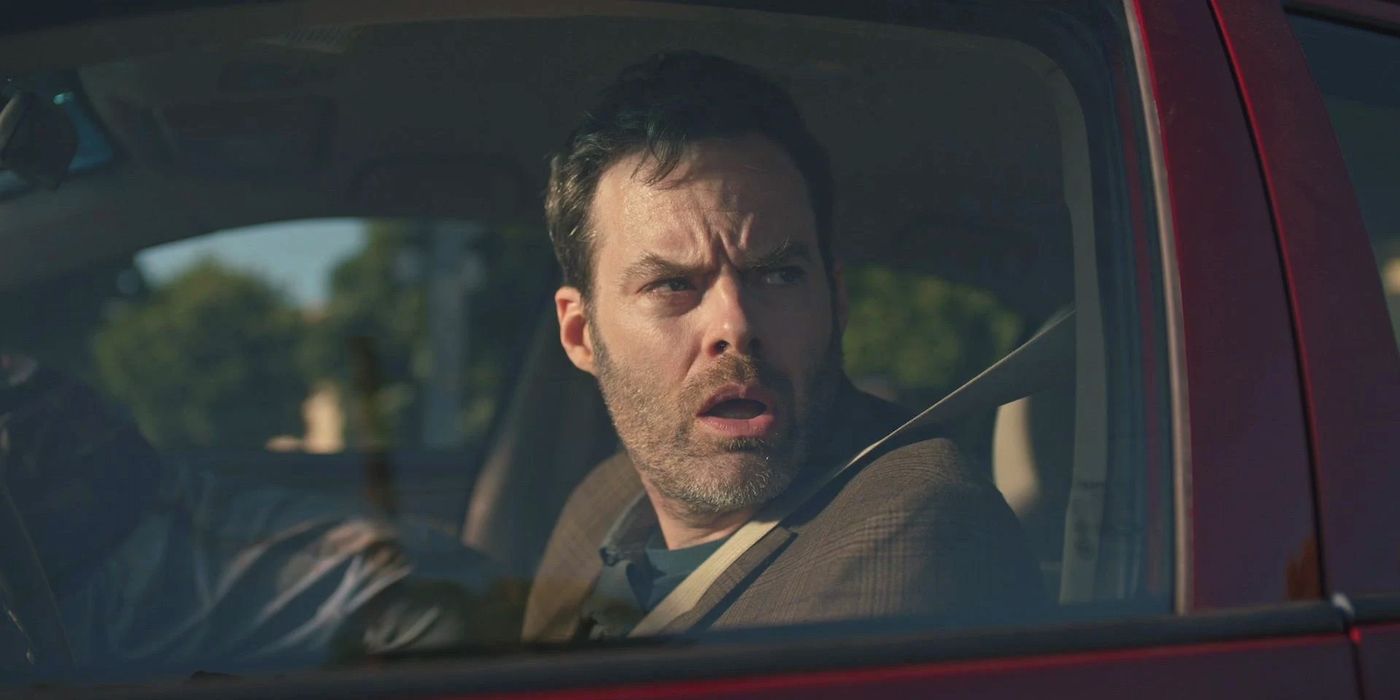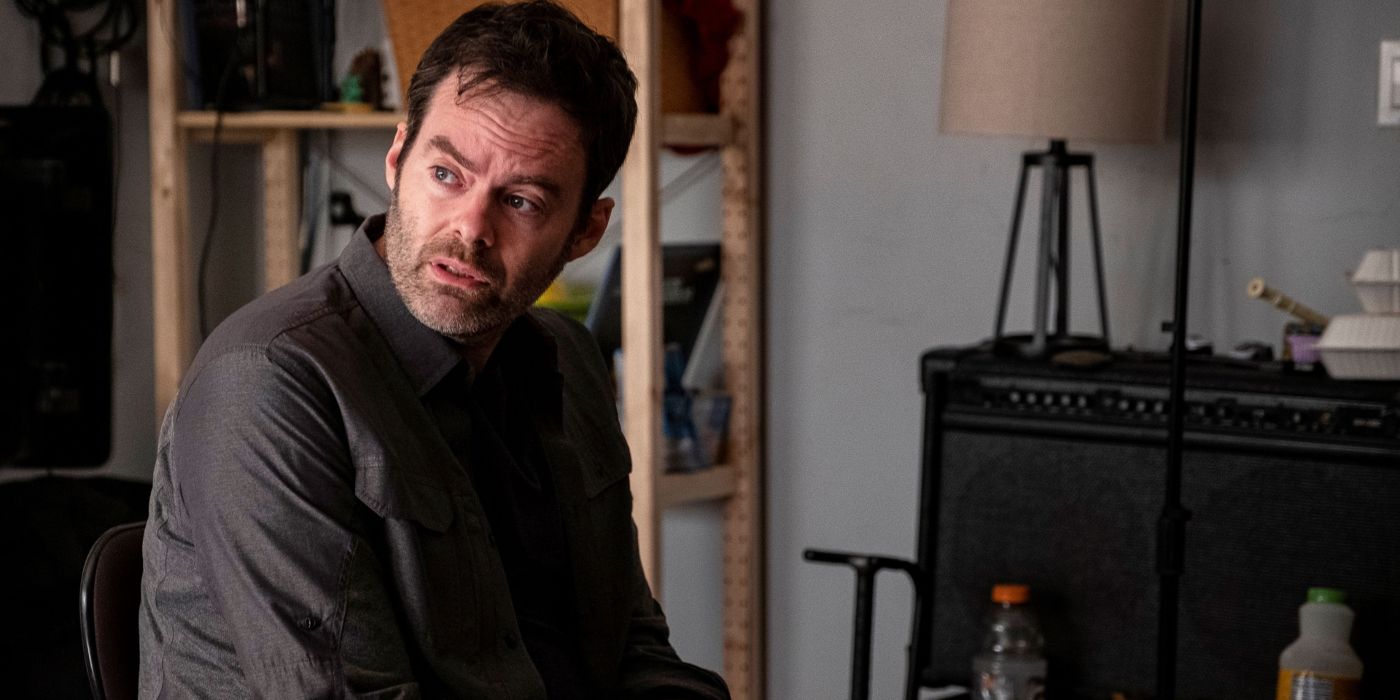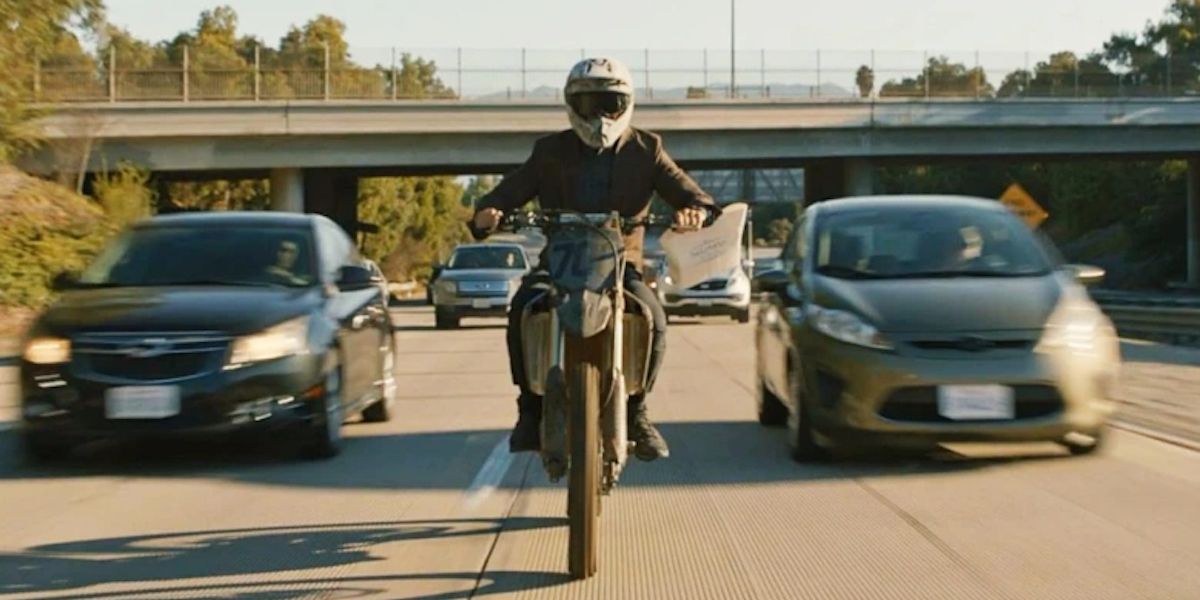Editor's Note: The following contains Barry Season 3 spoilers.Season 3 of HBO’s Barry was a dark and gritty road paved with betrayal, explosions, and poisoned pastries. The Emmy-winning series, which was co-created by Bill Hader and Alec Berg, is a consistent tour de force both in front of and behind the camera. This season seemed to capture the creative cohesion across the many departments (whether it be in the writing, directing, acting, or stunts) especially well. From Hader’s brilliant tracking shot through Sally’s Joplin set in Episode 1, to the bomb detonation under Fernando’s house, to Sally’s pressure-cooker moment at her premiere, Barry continues to lean into vulnerable moments and risky territory without an ounce of hesitation.
Barry had multiple targets on his back this year largely thanks to his former handler, Fuches, who severed his relationship with Barry when he doubled down on his sketchy private investigator persona. Under the name Kenneth Goulet, Fuches went door-to-door to the loved ones of Barry’s victims and told them how they could find the man responsible for their pain and suffering and exact revenge. Ironically, Fuches is the one who sent Barry on these hits in the first place.
Understandably, the families and friends of those who died at Barry’s hand were eager to get some form of payback. While they all made bold efforts to get to Barry, they were ultimately unsuccessful. The wife and son of the man Barry killed in the pilot purchased a gun and plotted Barry’s death before the wife accidentally injured her son moments before they pulled the trigger. The father of Ryan Madison, the acting student Barry was hired to kill in Season 1, got Barry in his car before making the emotional decision to die from a self-inflicted gunshot wound. Sharon, the wife of Chris, Barry’s ex-military friend who was secretly murdered by Barry on a hitman mission, poisoned the dessert Barry brought over to the dinner party she coordinated simply to kill Barry. Unfortunately for her, the titular anti-hero made it out of her lethal pastry scheme alive.
The revenge plot that comes closest to taking out Barry is led by a woman named Traci and her motorbike gang. Traci’s brother Taylor was all-in on the hitman lifestyle back in Season 1, but Barry was itching to do things on his own. Taylor ended up dying while working with Barry, which Goulet explains to Traci earlier this season, though she isn’t necessarily eager to avenge Taylor’s death anytime soon. But when she hears that Barry not only took Taylor’s life but also his money, Traci was ready to keep listening.
Episode 6 of Season 3 manages to pull off what is by far the most daring stunt sequence of the series yet. Traci and her motorcrew want Taylor’s $1,700 worth of hot tub money back from Barry, and make their way to the address on Goulet’s card. The crew clearly means business, as they effortlessly shoot Goulet, break into Barry’s residence, and search for clues as to where this Barry fellow might be heading next. After a brief therapy session from Mitch, the omniscient beanie-wearing cashier at the bustling bakery, Barry takes his beignets and heads off to Sharon’s for what he’s led to believe will be a dinner party of sorts for the vets from her charity. Barry’s mentally prepared to come face-to-face once again with the wife of the man he killed, but what he is definitely not prepared for is the life-threatening chase that will precede it.
Chase scenes in film and television inevitably lose sight of their narrative goal by getting bogged down by quick edits, intense music, and overall unnecessary theatrics. Rather than show how the characters would realistically react to being thrust into such a fast-paced situation, the characters suddenly become pawns in an elaborate and glossy highway chase. Fortunately, Barry’s never afraid to subvert expectations and swerve its storytelling techniques in unusual directions.
Bill Hader, who plays the titular character, broke down his specific vision to Variety, acknowledging that, in order to fit the show’s “off” and “strange” tone, it had to abandon anything that would make the scene appear sleek, flawless, or over-the-top. The straightforward chase starts off with a sing-songy Barry resting at a stoplight. Suddenly, he realizes he’s surrounded on all sides by motorbikers, who are looking eerily close at who’s in the driver’s seat. They are just as confused as Barry as they try to confirm that Barry is the same guy Goulet told them about, going as far as literally asking each other, “Uh, does it look like the picture Goulet gave us?” This clumsy beginning strategically lays the foundation for what will be a raw — and more importantly, authentic — battle.
Instead of hearing music blast in your eardrums, you’ll hear the sound of Barry’s deep melodic mutterings of Willie Nelson’s “I’ve Loved You All Over the World,” and the closest thing to a roaring engine here is the sad puttering of the motorbike Barry stole from the driver who crashed through his windshield. It feels less like you’re watching a “chase” and more like you’re watching a well-dressed man gripping a bag of beignets slowly but surely scoot down the freeway. In fact, Barry’s actually being honked at by speeding cars for going too slow.
Despite the real “action” being with the bikers, the camera mostly sticks with Barry, limiting us to his panicked and distant perspective. The show’s cinematographer Carl Herse further explains to Variety why these decisions were made. “For the most part in this sequence, we’re really just with Barry and we’re getting all of the information as he is putting it together,” adding, “A lot of the shots of our villains are all taken from [Barry’s] perspective and it’s these just weird wide shots where you see these two tiny figures in the distance and you hear the far away sound of their motorcycles, but we don’t shoot them as these particularly, like, action movie villains that are stylized in a really normal way.”
The inclusion of Los Angeles’ infamous bumper-to-bumper traffic is a reminder that Barry’s safety is fragile and in danger of being encroached upon at any given time, even in the middle of something as mundane as idling on the freeway. This casual, slow-and-steady getaway scene makes the eventual payoff all the more rewarding for both Barry and the viewer. After zipping in between lanes of never-ending traffic, dodging ricocheting bullets, and sneaking inside a used car dealership, Barry stealthily emerges relatively unscathed with beignets in hand. The notable absence of any frills or distractions allows for an immersive experience for the audience and is what makes this scene so potent, impressive, and above all, effective.



